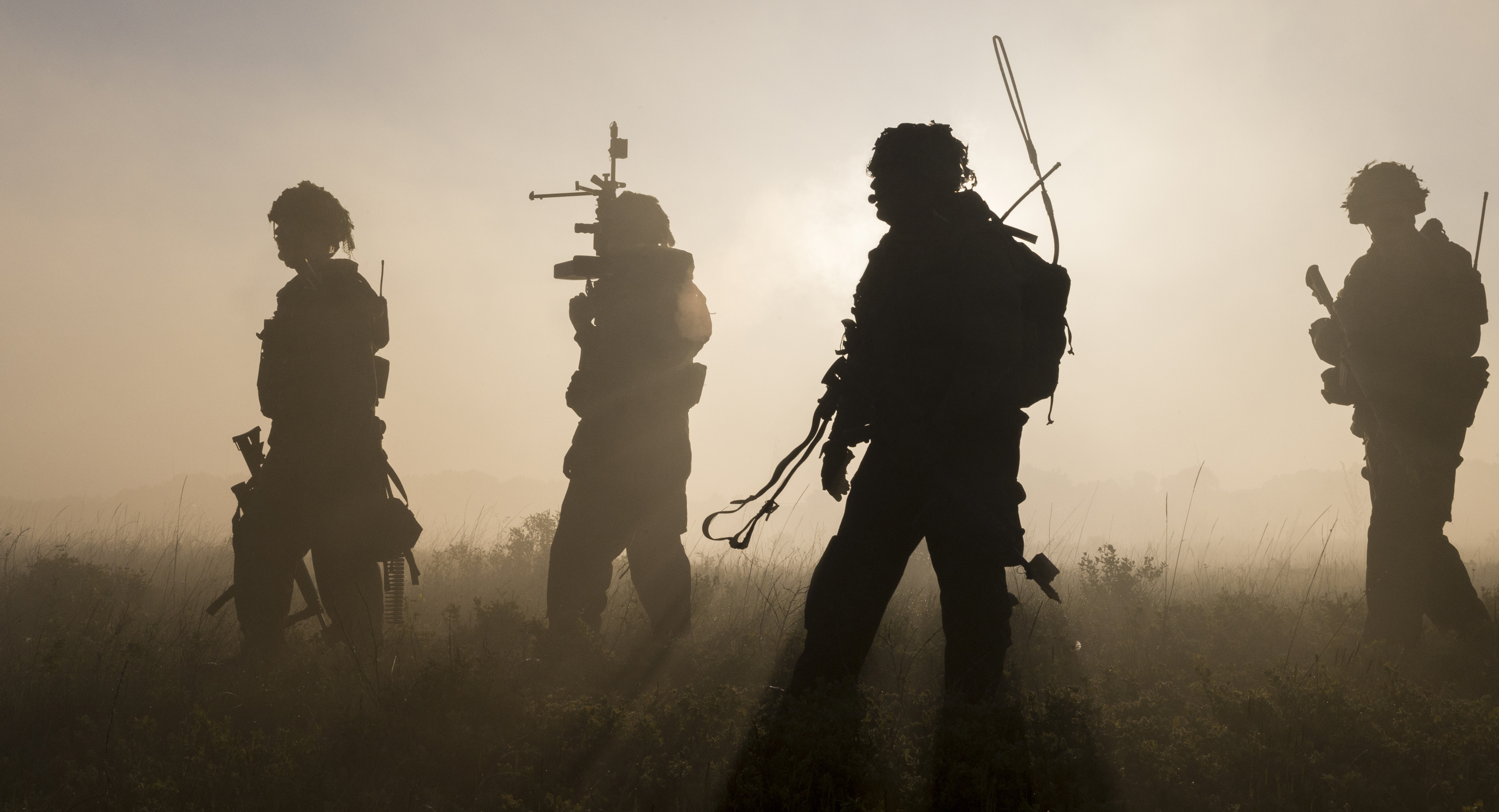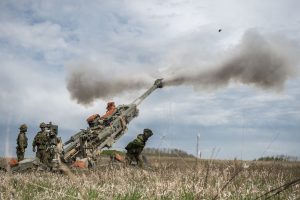
Soldiers from 2nd Battalion, The Royal Canadian Regiment, in Wainwright, Alberta.
[Sgt JF Lauzé Garrison Imaging Petawawa PA01-2017-0146-177]
And not just because it’s a lot of money and government priorities have a tendency to shift with the wind.
The procurement process has been the bane of the military’s existence for time immemorial. For decades, its processes have been criticized as politicized, sluggish, overly complex, under-costed and lacking accountability.
Politics and procurement have shared the blame for the current state of Canada’s military and its depleted naval fleet, aging aircraft and other woes.
Now, after a year-long defence policy review resulting in an 8,800-word document whose undertakings the authors say were rigorously costed by six accounting firms, Ottawa is forecasting a new chapter in the annals of national defence.
Among its promises: to spend billions on some 50 equipment purchases, including ships, planes and vehicles—much of it later rather than sooner.
The review gives the procurement issue only broad strokes, devoting just 393 words to it near the end of the 39-page report. It promises “real progress toward streamlining defence procurement, improving the timely acquisition of much needed military capabilities, and increasing economic benefits and creating jobs for Canadians.”
The policy acknowledges that “effective and timely defence procurement is vital” to ensuring the Canadian Armed Forces can deliver on its mandate.
And it says military procurement does not have to be a “highly complex undertaking involving many approvals across multiple departments” in every case.

Gunner Dawson Maranduik of 2nd Regiment, Royal Canadian Horse Artillery fires an M-777 during Exercise Double Dragon held in Alberta’s Wainwright garrison, in preparation of Exercise Maple Resolve on May 12, 2017.
[Cpl Andrew Wesley, Directorate of Army Public Affairs]
Among its initiatives, it promises to:
- help industry better understand future defence procurement requirements, “enabling them to plan, innovate, and offer creative and timely solutions”;
- improve accountability by publishing regular updates on major projects to increase transparency, expose challenges and measure performance;
- reduce steps and thus approval times by at least half for low-risk and low-complexity projects;
- boost DND contracting authorities for goods up to $5 million by next year, allowing the department to manage more than 80 per cent of defence procurement contracts itself and,
- expand and professionalize the defence procurement workforce.
The government also promises to publish a Defence Investment Plan next year that will include all major capital equipment projects covered by the policy. The plan will be refreshed every three years “to ensure it continues to reflect the investment priorities of Defence.”
Patrick Finn, DND’s assistant deputy minister of materiel, told The Canadian Press recently that, after a decade of hard lessons, he believes the system has finally turned a corner.
“Do I think we’re on the right path? I do,” said Finn, who is responsible for overseeing the $6-billion-a-year procurement system. “Do I think we’re at the end of that path? We’re not. Do I think we’re through all the growing pains? We’re not, but we’re a lot more mature than we were three, five, eight or 10 years ago.”
Finn told the wire service that many of procurement’s problems can be traced to a shortage of staff and experience dating from the 1990s. His 4,200-strong workforce is in the process of adding 300 more staff by the end of next summer.
Given the timelines outlined in the policy, it’s bound to be a long process, regardless.

Advertisement





















